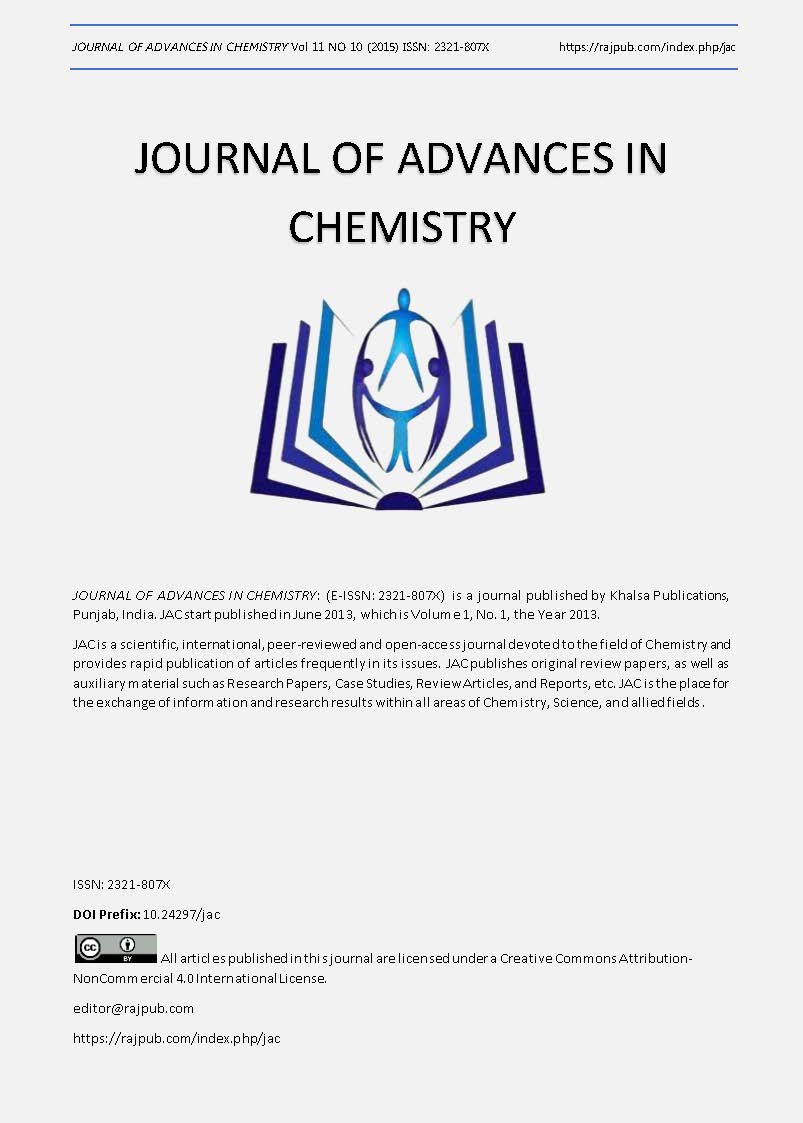Determination of rate constant, binding constant, and binding number by fluorescence measurements of Gd3N@C80(OH)20 in D2O
DOI:
https://doi.org/10.24297/jac.v11i10.2184Keywords:
Key words, MRI imagining, fluorescence, binding constant, binding number.Abstract
ABSTRACT
     Today MRI imagining techniques are capable of discerning between abnormal and normal complex tissues by providing contrasting images of these tissues. One drawback of using MRI imagining is its low sensitivity.  However, this sensitivity can be greatly enhanced by introducing contrasting agents who can provide a new pathway for water molecules to significantly relax faster and hence generate the desired “contrast†between healthy and unhealthy tissues.  We report the first ever recorded fluorescence emission spectrum of Gd3N@C80(OH)20; where -(OH)20 is the average number of hydroxyl groups. Our emission data indicates that the H2O- Gd3N@C80(OH)20 interactions lead to fluorescence quenching via a static quenching mechanism. The binding constant, Kb, on the other hand, was found to be of the same magnitude as interactions between human serum albumin and small organic acid but quite different, several orders of magnitude smaller, than protein nanoparticle complexes. Interestingly, the binding number, n, was found to be approximately 0.5, which in cases like this, is rounded to a whole number of one. The data also indicated an extremely fast rate constant on the order of 1012 L mol-1 s-1 which is outside of the diffusion-control regime. These results are presented within this report.
Downloads
Downloads
Published
How to Cite
Issue
Section
License
 All articles published in Journal of Advances in Linguistics are licensed under a Creative Commons Attribution 4.0 International License.
All articles published in Journal of Advances in Linguistics are licensed under a Creative Commons Attribution 4.0 International License.




